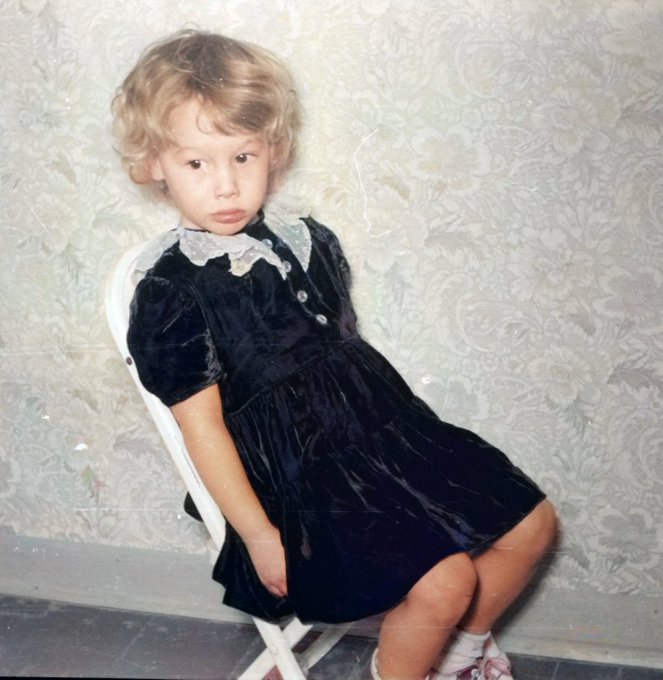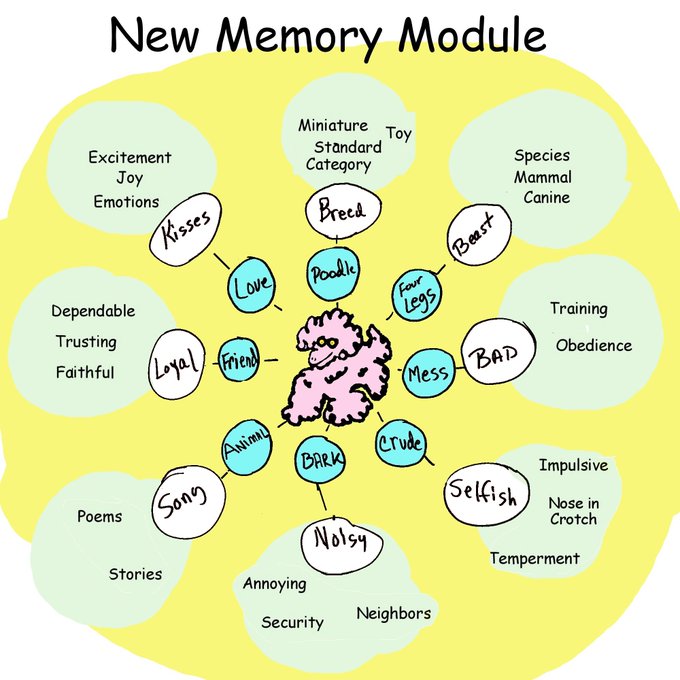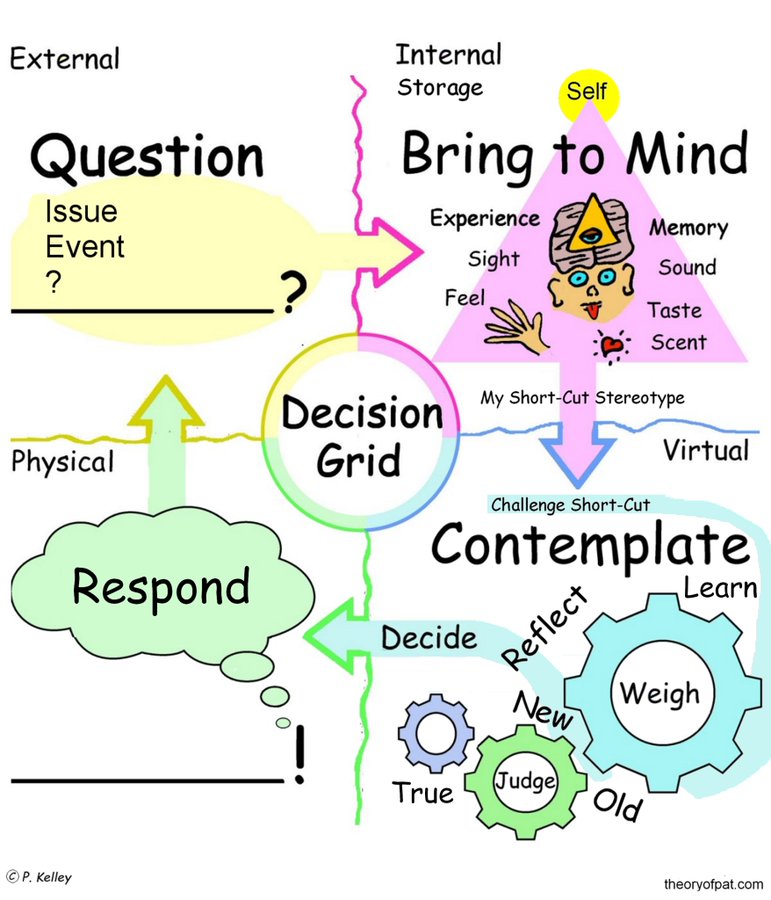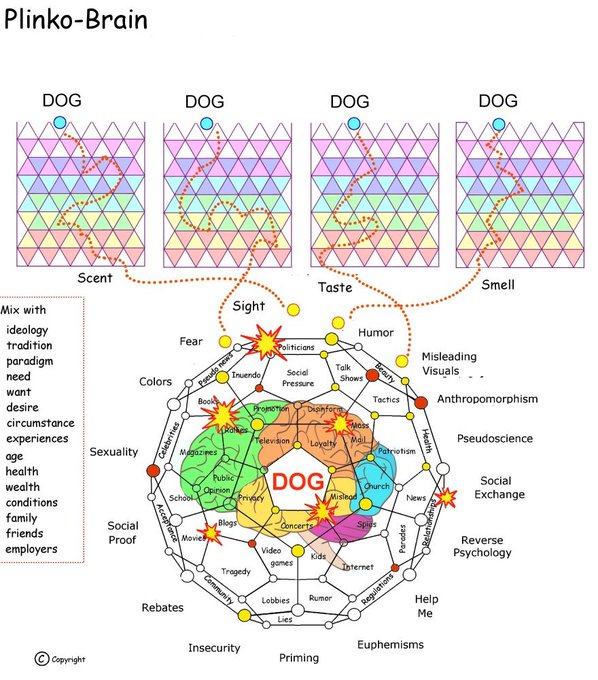Read Time:5 Minute, 58 Second
Question to audience: Can you describe Critical Thought?
What is Critical Thinking?
Critical Thinking is best described in 6 simple words contained in the 1902 Rudyard Kipling poem
From The Elephant’s Child
I keep six honest serving-men (They taught me all I knew); Their names are What and Why and When And How and Where and Who. I send them over land and sea, I send them east and west; But after they have worked for me, I give them all a rest.
I let them rest from nine till five, For I am busy then, As well as breakfast, lunch, and tea, For they are hungry men. But different folk have different views; I know a person small- She keeps ten million serving-men, Who get no rest at all!
She sends ’em abroad on her own affairs, From the second she opens her eyes- One million Hows, two million Wheres, And seven million Whys!
The Kipling Method, referred to as 5W1H, was quickly adopted by journalists as a mnemonic for asking questions to help answer basic elements to ensure accurate information gathering.
I have a penchant for asking questions although I’m not scholarly schooled by the distinguished in the finer art of critical thought. My natural curiosity makes me an unindoctrinated expert in the finer art of unbridled free thought and wild-ass reasoning, otherwise known as a divergent thinker.
I’m an ordinary, opinionated human being with a vivid imagination and penchant for investigation and gift of gab who dabbles in the arts, who bristles at inconsistencies and hypocrasy, particularly when claims don’t seem to pass the ‘smell’ test.
This personality quirk of questioning and sharing what I learn, exposing errors and pointing out misconstrued information seems to annoy people, but there we are. I gotta know who, what, where, why, when and how things tick or I just can’t sleep at night.
My greatest inspiration as a child was Emily Dickinson’s, poem:
“I’m nobody, who are you?”
I’m nobody! Who are you? Are you nobody, too? Then there’s a pair of us — don’t tell! They’d banish us, you know. How dreary to be somebody! How public, like a frog To tell your name the livelong day To an admiring bog!
This empowering poem continues to be all the justification I need for whatever project I take on. Free range Toastmasters suits me to a tee.
Which brings me to the subject of critical thinking, a technique of thinking and reasoning taught early on by my parents. We frequented libraries and book mobiles regularly and kept mountains of encyclopedias and reference books and magazines at the ready for our hungry brains to consume.
The main drawback for me at the time was because of this over abundance of literature their seemingly favorite responses to my numerous questions generally elicited an annoying response, “look it up”.
Of course, I would have appreciated everything explained to me so I wouldn’t have to take the time and trouble to learn, who wouldn’t?
As a parent myself, I was heartened a few years ago when my adult son confessed he had felt similar frustration at my annoying responses to “look it up,” at his annoyingly numerous questions, but he is super appreciative as an adult.
Critical thinking is the kind of thinking in which a person questions, analyzes, interprets, evaluates and makes judgement about what they read, hear, say, write and most importantly, think.
Critical thinkers think about thinking.
5W1H
Critical Thinking sounds kinda complicated if you don’t really think critically about critical thought….but I digress.
If you search the Internet for the term “critical thought,” within seconds you’ll receive an overwhelming 2 to 3 million descriptions and links of Critical Thought. Explanations of what is critical thinking range from crystal clear, easy to understand to nearly unintelligible, overly complicated mental gymnastics. A novice to the technique could feel a bit overwhelmed.
I appreciate simple. KISS is my favorite acronym, in fact the only acronym I appreciate. Keep it simple silly. (or stupid as my Father would explain)
Simple frees the brain to concentrate on more complicated stuff like, imagination and creativity which may only thrives in freedom of thought.
Do this, not that. Simple. Easy Peasy.
My quest for simplicity is the main reason I designed the Decision Grid for a Toastmaster speech several years back with a word-play exercise entitled, “
” for club participation.
What is the meaning of dog
This was a small experiment in which I passed blue and white 3×5 cards to 8 participants and requested they jot down 2 to 5 words to describe their answer to the question, “What is the Meaning of Dog.” Once entiies made they exchanged cards and wrote 2 to 5 words that came to mind based upon the answers on the other person’s card.
The above memory modile image is the result of that experiment – I added the poodle because that is my favorite breed.
Decision Grid:
Visualize How Decisions are Made
Decision Grid
The Decision Grid is meant to be a simplistic but effective visual teaching tool to demonstrate the thought process when contemplating issues.
Ask a question, think about what you already know, think and have experienced, research for new information and compare against old to ascertain whether to update or discard and then come to a decision.
Round and round we go. The main goal is to instill the concept that:
-
Critical thinkers use reason to arrive at conclusions.
-
Critical thinkers study criteria to discern and separate fact from fiction.
-
Critical thinkers think about their own thought processes.
-
Critical thinkers ask questions.
Step 1 in Critical Thinking is always to ask questions and think about thinking, period.
Plinko Brain
In the process of creating the Decision Grid, it occurred to me to also consider visualizing roadblocks to critical thought.
Mental roadblocks are like pinball games of life where any number of obstacles exist to bounce ideas in various seemingly random directions.
I call this thought phenomenon Plinko Brain, inspired by the television show The Price is Right. The game of Plinko is similar to a pinball game in that a contestant inserts a puck (idea, question, event) into a maze that contains obstacles that bounce the puck too and fro until it finally rest in a “decision” slot to deliver a prize or a zonk.
Mental roadblocks are events, happenstance, coincidence, prejudices, premonitions, hopes, feelings that all affect the way we think in ways we may never consciously think of considering.
Because individuals operate under different life circumstances, education, experiences, each person’s mental obstacles produce unique roadblocks in imagination and decision-making.
Example of how 4 people might uniquely process the idea of the definition of dog
The Plinko Brain chart assists to visualize mental roadblocks, things that prevent critical consideration for a variety of reasons, of which the possibilities are endless, including self preservation of the selfish id or ego.
Examples of roadblocks include:
Religion, taboo, fear, health, wealth, family, loyalties, employment, dependency, on and on times infinity…
Putting it all together:
See Why Critical Bigfoot Theory





